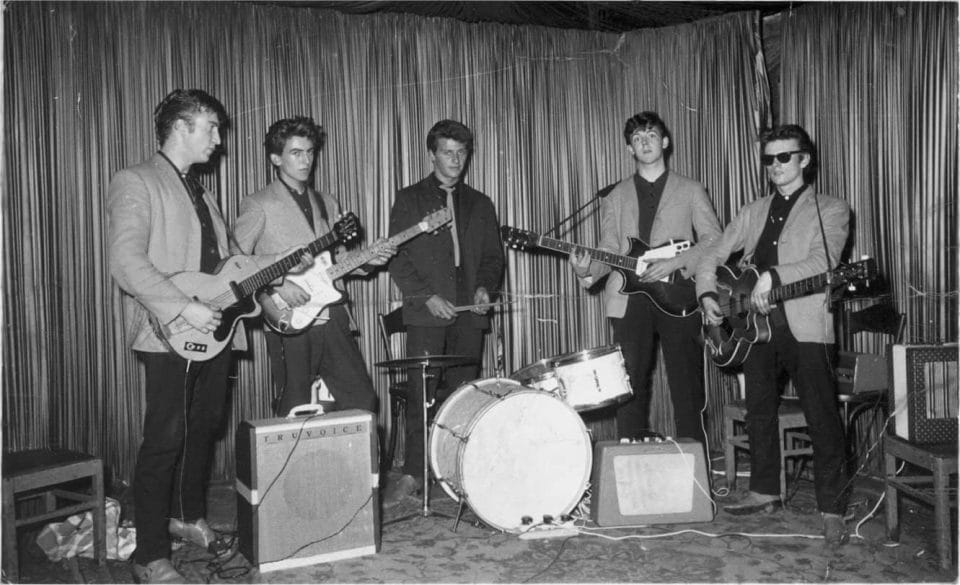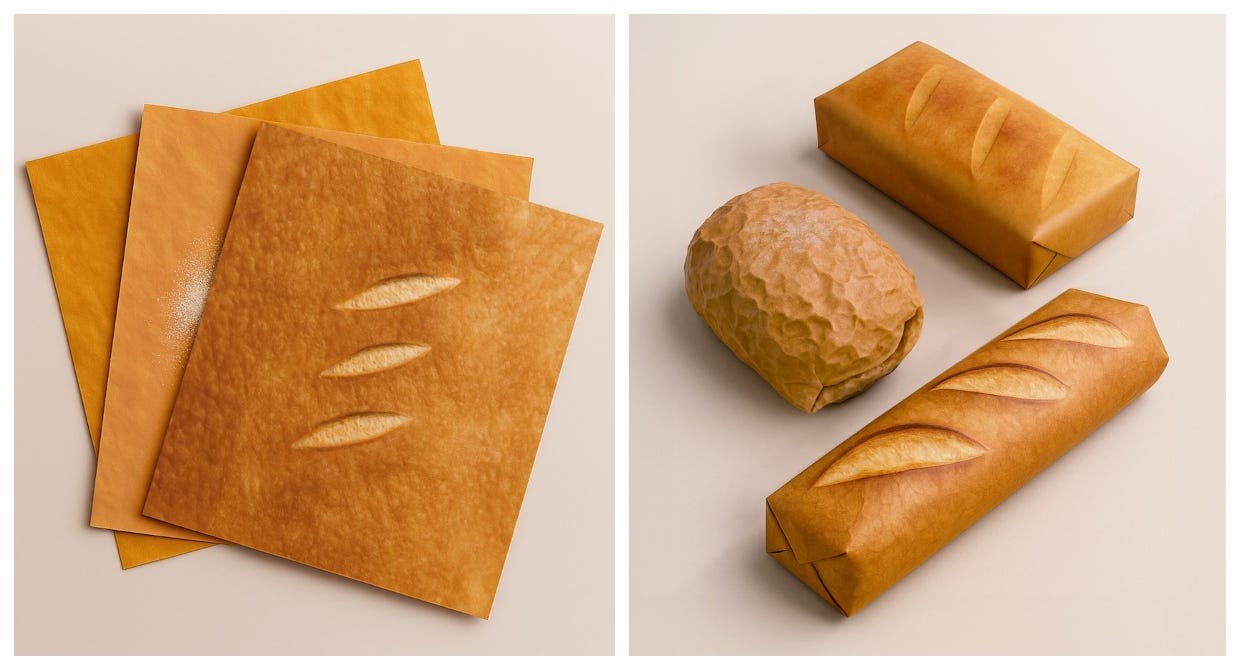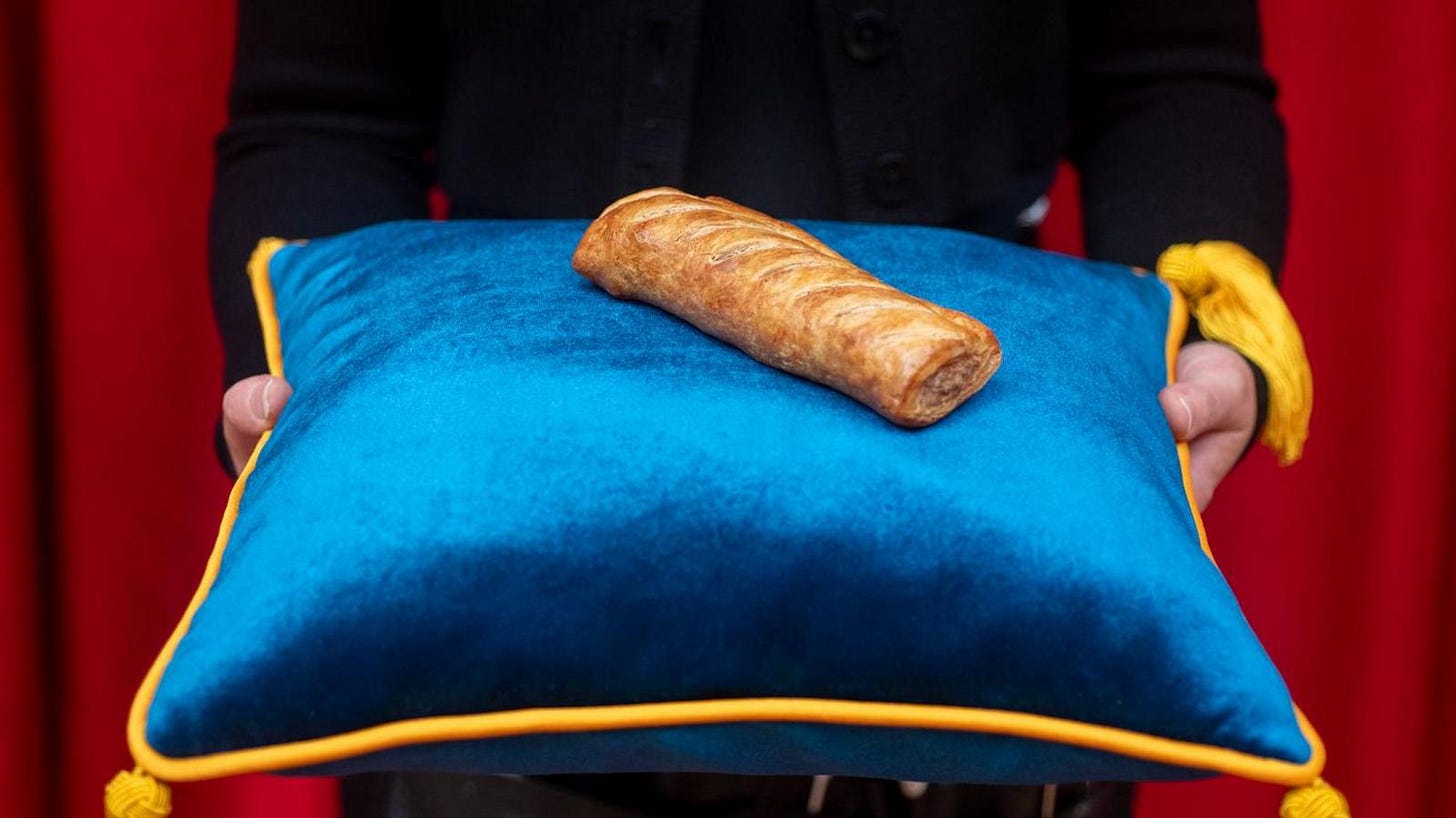10 More Things// Feedback Loops, Measurement & Toblerone
In this edition: How feedback loops help us improve, better measurement & toblerone's chocolate like nobody's watching
Thank you to the 3 people that donated a very generous £110 to my Race For Life Just Giving page. Much appreciated!
Feedback loops
When the Beatles first landed in Hamburg, the city that would reshape them as performers, they were nobodies that were only invited because no other local bands wanted to go. John and Paul were nascent songwriters but hid their original material far away from the setlists (the Beatles hadn’t yet popularised bands that performed and wrote). They clearly had some natural talent but their stage-show was aloof and not sufficiently entertaining for the sailors and tourists deciding on whether to enter the Indra Club. After a gruelling schedule, performing four to six hours a night for six days a week, they found what made the crowd tick, every part of their act carefully calibrated to get the biggest cheer and draw the biggest crowd. They danced, they bantered and slowly refined their setlist. When they returned to Liverpool they had become The Beatles.
The way to get good at anything is feedback loops. Do something, see how it goes, learn and then pivot. It’s interesting how we’ve all internalised this but it feels so distant from marketing culture.
It’s hard to embrace feedback loops because you need to completely shed your ego. There’s a moment in the documentary Comedian, capturing Jerry Seinfeld’s return to stand up after Seinfeld, where he performs to a tiny audience in Gotham comedy club, NYC; he’s clearly floundering, an audience member asks “is this your first gig?” to a big laugh, to which Seinfeld responds “this is how comedian’s develop material and as you can see… it’s quite painful”. At this point in time he’s the biggest comedian on the planet, any audience lucky enough to see him live is expecting a peerless show, but Seinfeld is defenceless; he knows the only way to start building a great set is to throw a bunch of half-formed thoughts out and see what sticks.
Feedback loops require an honesty which is rare in marketing. We rarely hear the phrase ‘that didn’t work’. The feedback loop is clogged with misleading measurement reports, hopeful interpretations of ambiguous data and an over-reliance of engagement metrics. Free brand uplift studies regularly say consideration increased by 10% despite consideration being almost impossible to budge that quickly. Clients know this. Every client I’ve worked with is obsessed about what we can learn and getting the best quality measurement in place. Their job relies on the advertising working because if effectiveness dips 50% that could mean hundreds of millions in lost revenue.
This isn’t a call for an industry-wide overhaul or some new initiative. It’s more basic than that. It’s about being a bit scrappier. Trying more stuff. Saying out loud when things didn’t work. Sharing what we learned. And then doing it all over again, but better.
Strategy can’t just be a project initiator that’s abandoned in the implementation response. It must be the infrastructure that guides a project – defines success and validates it at the end.
I’d love to hear how other planners are thinking about feedback loops— how you’re baking learning into the planning process, making measurement actually useful, or just building ways to spot what’s working (and what’s not) a bit faster. Reply to this email if you fancy a chat.
Strategy and all that stuff
Better Measurement. This is a great post (with discussion) on measurement. It’s in the spirit of improving feedback loops in measurement: forming a ‘suite of truth’, prioritising incrementality, testing hypotheses, running experiments and proving brand equity gains. You are probably nodding along to this thinking ‘well, obviously’ but this is much easier to say than implement.
The End Of Media ‘Planning’. This is a great provocation to the media planning industrial complex that has remained resolutely unchanged despite mass changes going on around it. I agree with much of it although the author suggests a sense of control in ‘adaptive systems of influence’ that I think doesn’t always exist and underplays the role of serendipity.
However, I completely agree with: “The best strategy going forward? Be useful. Be entertaining. Be unforgettable.”
The Who Cares Era. “In the Who Cares Era, the most radical thing you can do is care.”
The Problem With Problem-Solving. An interesting take on calling ourselves problem-solvers. If strategy - as it should be - is about imagining a new future then problem-solver relegates the job to simple short-term fixes. They aren’t mutually exclusive as to imagine a new future you need to be grounded in the problem first. However problem-solving just sounds so unambitious, stabilising rather than pushing the boundaries.
Creativity & campaigns
Chocolate Like Nobody’s Watching. Toblerone’s new global campaign as a great central insight: Toblerone’s awkward shape means you look a bit undignified as you eat it. Contrast that to an overly glamourised category and you have a killer differentiated strategy.
My one criticism: ‘Chocolate like nobody’s watching’ could have used some less cliche copy. I tried using ChatGPT to brainstorm some alternatives but didn’t get much better, other than “Who among us dares eat a monument” (less cliche, more clunky).
Ippei Tsujio’s Bread Wrapping Paper. This caught the internet’s imagination. Tsujio throws out quirky design ideas to see what sticks and then mass produces the designs people like (feedback loops!). Something tells me he’s going to be selling a lot of these.
Gregg’s In Madame Tussauds. I would love to know how this came about. Gregg’s do little advertising but their marketing always treats the sausage roll as iconic - that has clearly seeped through here. Madame Tussauds wouldn’t have just done this for Gregg’s PR team, they must have thought the sausage roll as genuinely iconic.
Sydney Sweeney Will Sell You Her Used Bathwater. Dr. Squatch has teamed up with Sydney Sweeney to sell a limited edition soap infused with droplets of her bath water. It’s still available to purchase here.
McDonald’s Italy Builds Fast Food Mosaic. As part of a campaign to ‘enjoy the classics’, McDonald’s Rome has built a mosaic to a split reaction. I like it… it’s genuine art that required 18,000 tiles. The people they pissed off were probably never going to go to McDonald’s anyway. Thanks to Seb for sharing.
Pick N Mix
Kevin Bishop’s Steve Coogan Impression. The first person do an impression of someone that’s never been impersonated before is always impressive - they have essentially cracked the impression that others will mimic. This impression is not only new but one of the best impressions I’ve ever heard.
Owls In Towels. Exactly what it sounds like but somehow it exceeds expectations. Treat yourself to true internet bliss.
Peace out ✌️
Alex









